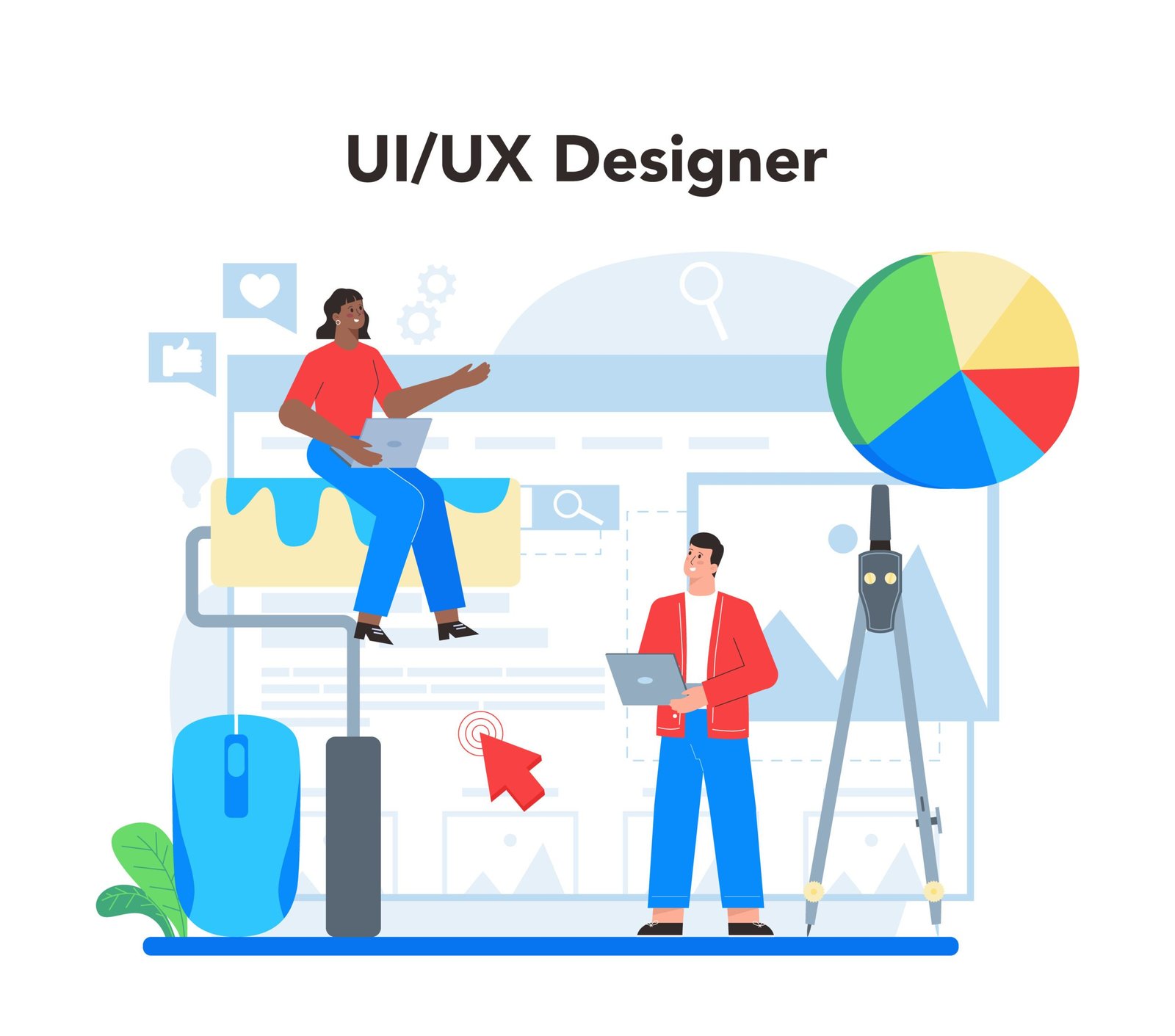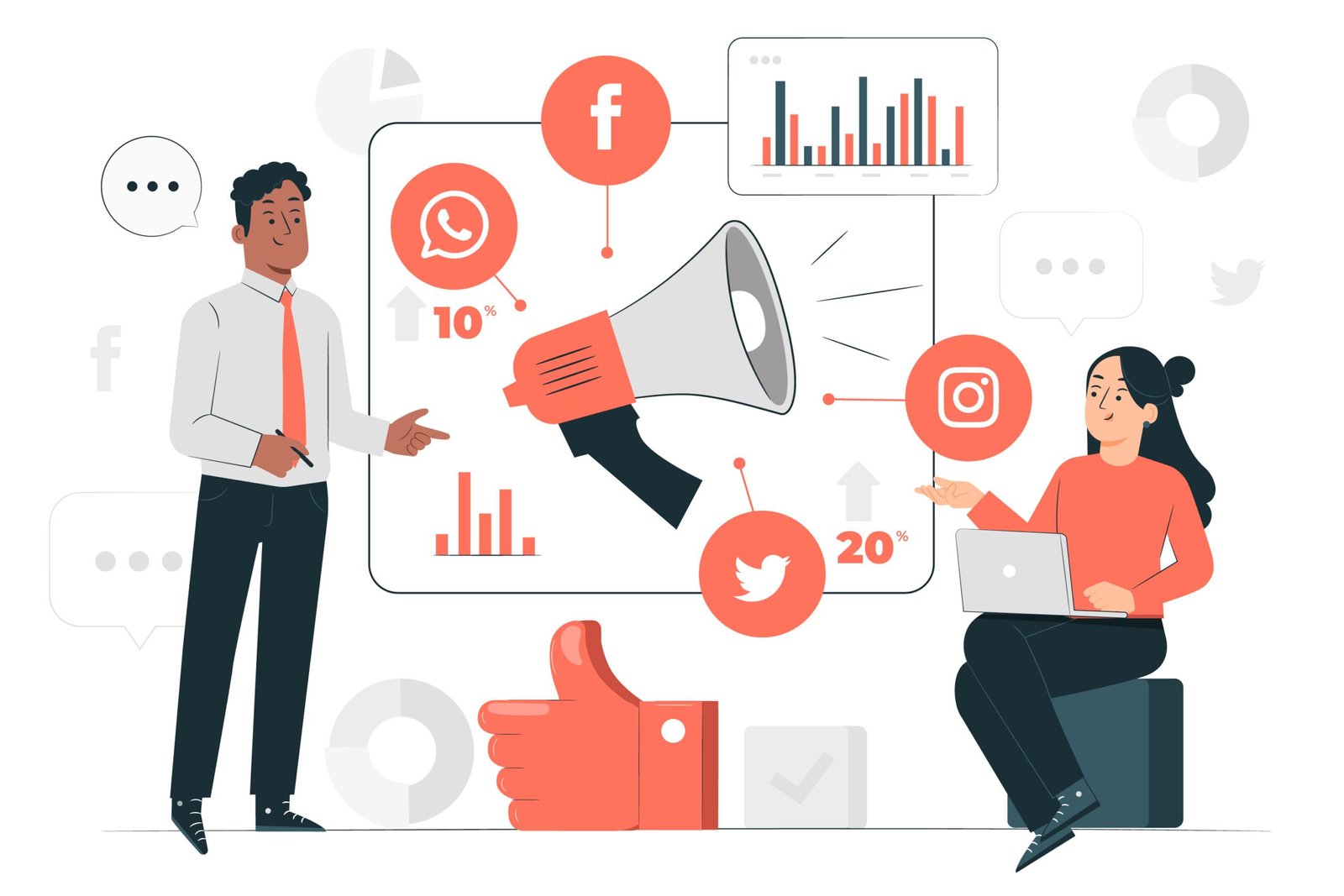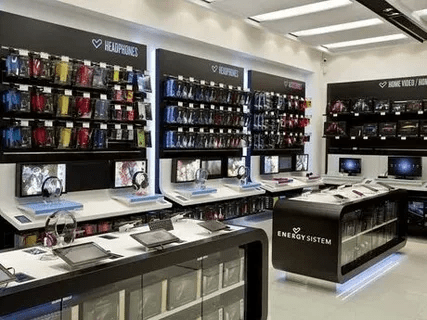In the digital age, accessibility is no longer an afterthought—it’s a necessity. Designing with accessibility in mind ensures that your website or app is usable by everyone, regardless of their abilities or limitations. But accessibility isn’t just about compliance; it’s about creating beautiful, inclusive designs that welcome all users and reflect the values of equity and empathy.
This blog explores how to embrace an “Accessibility First” approach in your design process, merging usability, aesthetics, and inclusivity to create experiences that truly work for everyone.
What Does Accessibility Mean in Design?
Accessibility in design refers to the practice of making digital products usable by people with diverse abilities, including those with:
- Visual impairments (e.g., color blindness, low vision, blindness).
- Hearing impairments.
- Motor disabilities.
- Cognitive challenges.
It ensures that all users can navigate, understand, and interact with your website or app. This aligns with global standards like the Web Content Accessibility Guidelines (WCAG), which outline principles for creating accessible digital experiences.
Why Accessibility is Essential
1. Inclusivity
Accessibility isn’t just for users with disabilities—it benefits everyone. Features like captions, clear navigation, and responsive design enhance usability for all, including older adults and users in temporary situations (e.g., using a mobile device in bright sunlight).
2. Legal Compliance
In many countries, accessibility is a legal requirement. Non-compliance with standards like the Americans with Disabilities Act (ADA) or WCAG can lead to lawsuits and penalties.
3. Broader Audience Reach
With over 1 billion people globally living with disabilities, accessible design broadens your audience and opens new opportunities for engagement.
4. Better User Experience
Accessibility features, such as simplified navigation and readable typography, contribute to an improved user experience for everyone, regardless of ability.
Core Principles of Accessible Design
To create beautiful designs for everyone, adhere to these four WCAG principles:
1. Perceivable
- Make content visible and understandable for all users.
- Examples: Use text alternatives for images, provide captions for videos, and ensure proper contrast between text and background.
2. Operable
- Ensure users can navigate the interface easily.
- Examples: Design keyboard-friendly navigation and avoid time-sensitive tasks that may exclude some users.
3. Understandable
- Present content and functionality in a clear, predictable way.
- Examples: Use straightforward language, consistent design patterns, and clear feedback for user actions.
4. Robust
- Build content compatible with a wide range of devices and assistive technologies.
- Examples: Use semantic HTML, label form fields properly, and test with screen readers.
Best Practices for Accessibility-First Design
1. Use High Contrast Colors
Ensure text and UI elements are distinguishable from the background. WCAG recommends a contrast ratio of at least 4.5:1 for normal text.
2. Provide Alternative Text for Images
Include descriptive alt text for images, helping visually impaired users understand the content through screen readers.
3. Design Keyboard-Friendly Interfaces
Users with motor disabilities often rely on keyboards instead of mice. Make sure all interactive elements, like buttons and links, are accessible via the keyboard.
4. Use Scalable and Legible Fonts
Choose clear, readable typography and allow users to resize text without breaking the layout.
5. Add Captions and Transcripts for Multimedia
Videos should have captions, and audio content should include transcripts to assist users with hearing impairments.
Creating Beautiful, Accessible Designs
Accessibility and beauty in design are not mutually exclusive. With thoughtful choices, you can create visually stunning interfaces that are also inclusive:
1. Embrace Minimalism
A clean, uncluttered design enhances usability and aesthetics. Focus on essential elements, use ample whitespace, and avoid overwhelming users with excessive content.
2. Use Universal Icons
Icons like the hamburger menu, search magnifying glass, or back arrow are universally understood and provide clarity. Pair icons with text labels for extra accessibility.
3. Incorporate Accessibility into the Brand
Show your commitment to inclusion by making accessible design part of your brand identity. Choose color schemes and typography that reflect your brand while meeting accessibility standards.
4. Prioritize Responsive Design
Ensure your designs look great and work seamlessly across devices, including desktops, tablets, and smartphones.
5. Leverage Accessibility-Focused Tools
Use tools like Adobe XD or Figma, which offer plugins for checking color contrast and keyboard navigation during the design phase.
The ROI of Accessibility
Investing in accessibility benefits more than just users—it boosts your business:
- Improved SEO: Accessible websites rank higher on search engines due to clean coding and alt text usage.
- Enhanced Brand Reputation: Demonstrating inclusivity fosters trust and loyalty.
- Higher Engagement and Conversions: Accessibility improvements often lead to better overall user experiences, driving conversions.
Challenges and How to Overcome Them
1. Perceived Complexity
- Solution: Break the process into manageable steps and start with small changes like improving contrast or adding alt text.
2. Lack of Awareness
- Solution: Educate your team about accessibility benefits and train them to use accessibility tools.
3. Budget Constraints
- Solution: Accessibility improvements can be phased in gradually and incorporated into regular design updates.
Conclusion
An Accessibility First approach transforms design into a tool for inclusion, ensuring beautiful experiences for everyone. By prioritizing accessibility, you not only meet legal requirements but also foster trust, loyalty, and engagement among a diverse audience.
The digital world should be a place where everyone feels welcome—and accessible, aesthetically pleasing design is the key to achieving that goal. Let’s build a future where beauty and accessibility go hand in hand.
Devoq Design is a premier UI/UX Design Agency in Port Hedland andUI/UX Design Agency in Broome, specializing in delivering user-friendly and innovative digital solutions. Their expert team focuses on creating intuitive interfaces and seamless user experiences, tailored to the specific needs of businesses. Whether in Port Hedland or Broome, Devoq Design offers high-quality, customized design services that help businesses enhance their digital presence, engage users, and achieve long-term success.










































































































































































































































































































































































































































































































































































































































































































































































































































































































































































































































